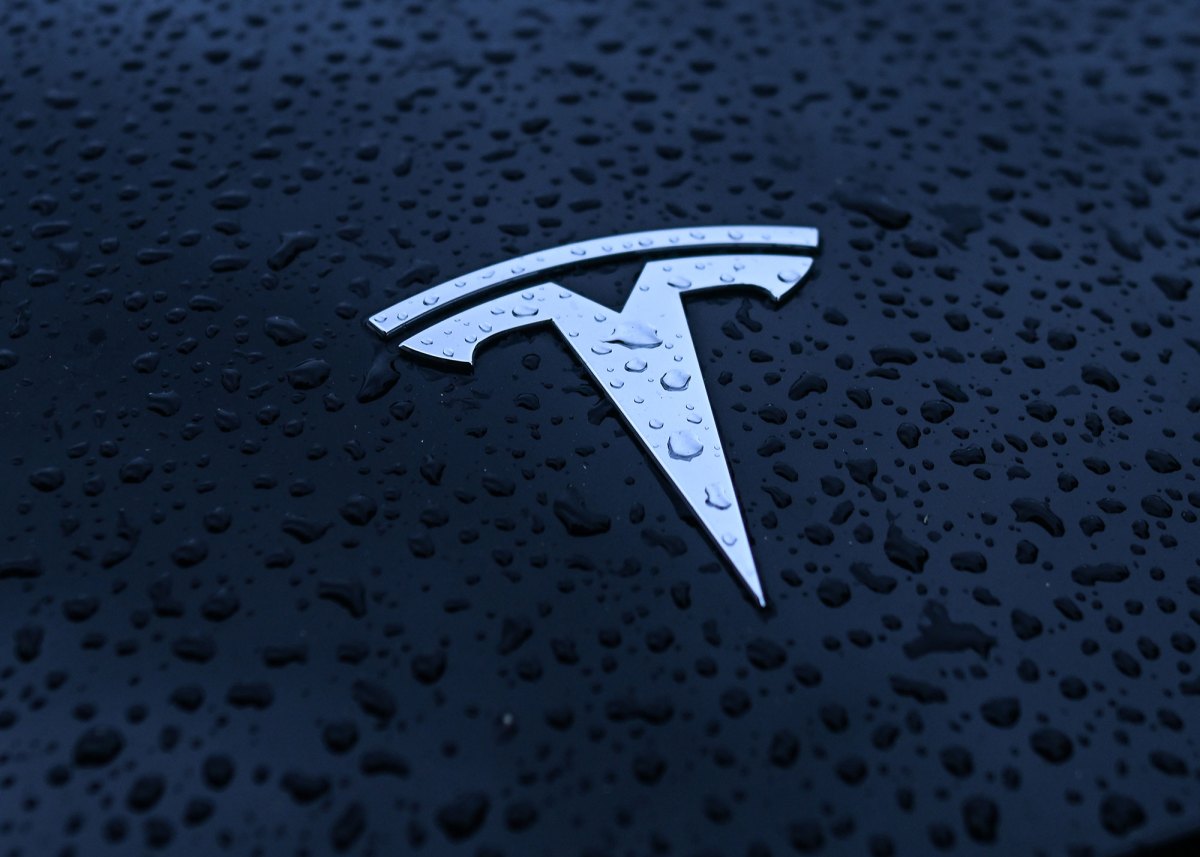NHTSA has opened a probe into Tesla Full Self Driving after more than 50 reports of running red lights, crossing into wrong lanes, and making illegal turns. Regulators will review software, telemetry, and safety practices, which could lead to software fixes or stricter oversight.

The U.S. auto safety regulator has opened an official review into Tesla Full Self Driving after receiving more than 50 reports alleging unsafe behavior, including running red lights, crossing into the wrong lane, and making illegal turns. Reported by TechCrunch, the NHTSA probe highlights intensifying scrutiny of AI driven driving systems as regulators evaluate real world safety.
Full Self Driving is Tesla s advanced driver assistance package that uses cameras, sensors, and neural network models to handle steering, braking, and navigating intersections while expecting a human driver to remain attentive. The National Highway Traffic Safety Administration is investigating whether the system performs reliably in diverse traffic scenarios and whether Tesla met reporting and safety obligations.
Full Self Driving, often shortened to FSD, is Tesla s marketed software suite for semi autonomous driving. Autopilot is the broader driver assistance system. NHTSA probe refers to the formal safety investigation by the National Highway Traffic Safety Administration into whether a vehicle or component poses an unreasonable risk to safety.
This NHTSA probe has several practical effects for Tesla, other automakers, and businesses exploring AI in safety critical roles:
That question is precisely what regulators are assessing. For now, the evidence in these reports suggests real world failures in detecting controls and respecting lane boundaries. The outcome of the NHTSA investigation Tesla Full Self Driving will determine whether software updates, new warnings, or enforcement actions are warranted.
Follow updates on the NHTSA probe, Tesla responses, and any mandated remediation steps. News about software fixes, expanded testing, or new regulatory guidance on autonomous vehicles and vehicle safety will shape how companies deploy AI in transportation going forward.
In short, this probe is a turning point for how regulators, consumers, and businesses evaluate and trust semi autonomous driving technology. Transparent incident reporting, conservative safety margins, and rigorous testing will become essential as autonomous driving moves from labs to public roads.



